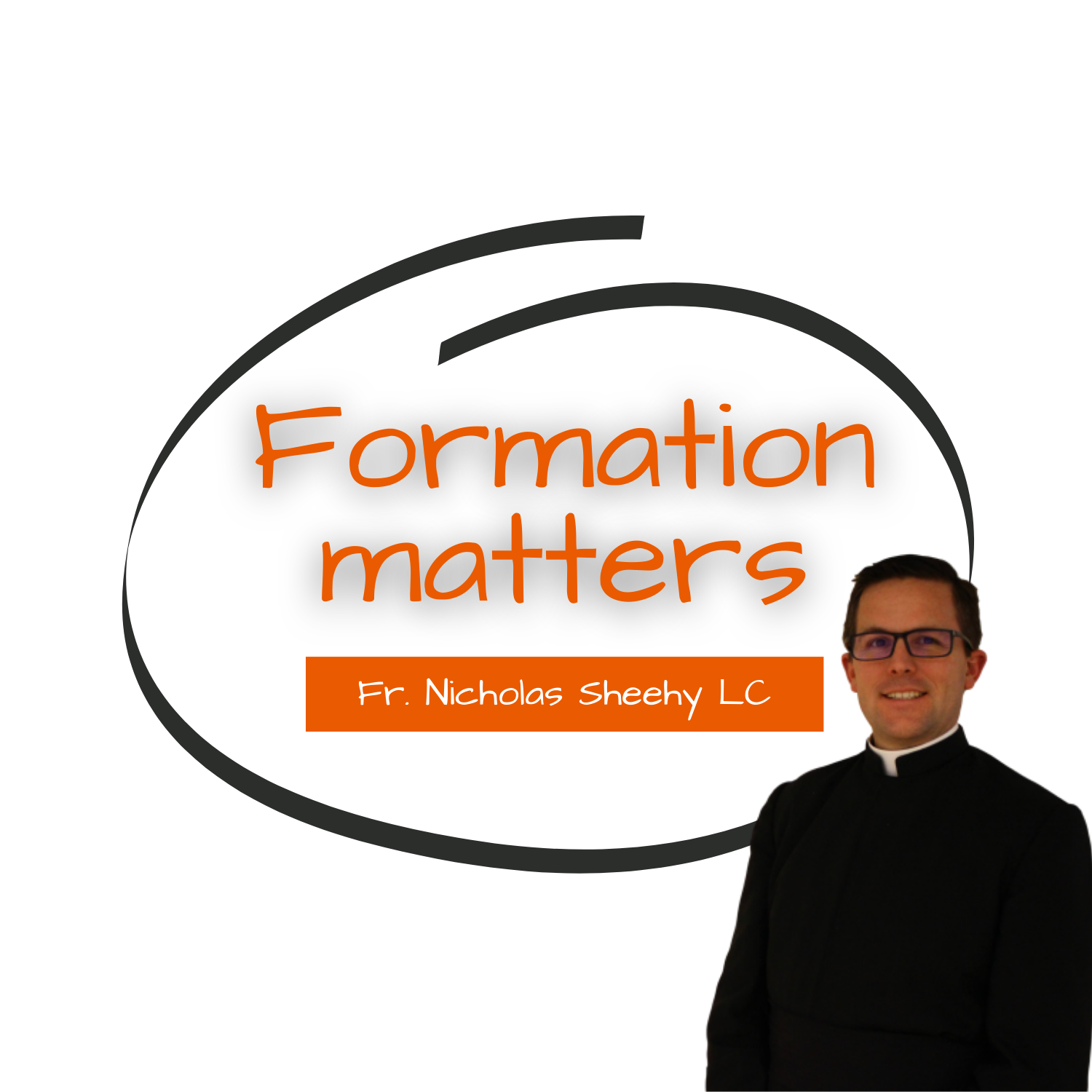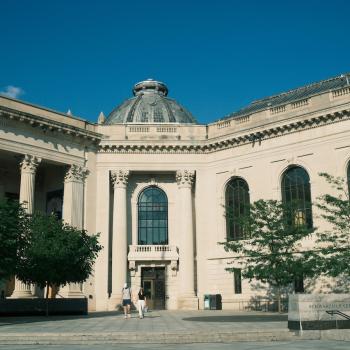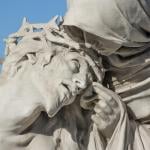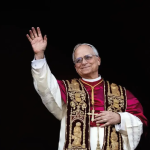If clericalism arises when priests become the focus of worship, then a liturgical orientation that places Christ, not the celebrant, at the visual and theological center of the Mass is a simple and powerful remedy.
The Second Vatican Council is the most important Church event of the 20th century. Bishops from around the world gathered at the beckoning of Pope John XXIII to renew the Church and face the unique difficulties of the modern world. One of the notable consequences is the effect on the liturgy as celebrated in the Latin Rite of the Roman Catholic Church. Particularly noticeable is the shift from the altar attached to the wall conducive to ad orientem celebration to the now ubiquitous free-standing altar that seems to invite the celebrant to celebrate the Mass versus populum, facing the people.
Vatican II
In the document on the liturgy, the Council Fathers determined that
the rite of the Mass is to be revised in such a way that the intrinsic nature and purpose of its several parts, as also the connection between them, may be more clearly manifested, and that devout and active participation by the faithful may be more easily achieved (Sacrosanctum Concilium, 50).
The primary purpose of liturgy is to give glory to God, to sanctify the faithful, and to build up the Church. The revisions of the Mass over the last 60 years ostensibly have the purpose of making these finalities more accessible to the “parishioners in the pews.”
Maybe there is room to consider liturgical modifications that could help with what apparently is such a large danger. The reforms to the liturgy with the 1970 missal sought to help bring the Mass closer to the people, especially through the use of the vernacular and increased participation by the lay faithful. Architectural modifications were also introduced, perhaps most noticeably the institution of free-standing altars that invited the celebrating priest to stand on one side of the “table” with the congregation situated on the opposite side.
Moving the Center back to what is Central
This has the perhaps unintended effect of placing the priest very much at the center of things. Yes, at the moment of consecration, the sacred species of bread and wine – the Body and Blood of Christ – are situated in between. Nevertheless, the visual focus of the people can be the priest instead of the consecrated host.
This places undue pressure on the priest to perform. He is celebrating the Mass, and he stamps his own character on his particular liturgical celebration. This has given rise to a plethora of liturgical abuses and too much of a focus on the priest. “I like the way Fr. Frederick celebrates Mass. Let’s go to his parish. I don’t like the way Fr. Bonaventure celebrates Mass. Let’s stay away.” Although I understand the sentiment and validate it to some extent, it seems so tremendously poor.
A similar phenomenon occurs when it is time to distribute Communion. If I am going to receive the Body and Blood of my Lord and Savior Jesus Christ from a priest or a lay extraordinary minister, the gift is so far above the minister that I kind of don’t care about the minister.
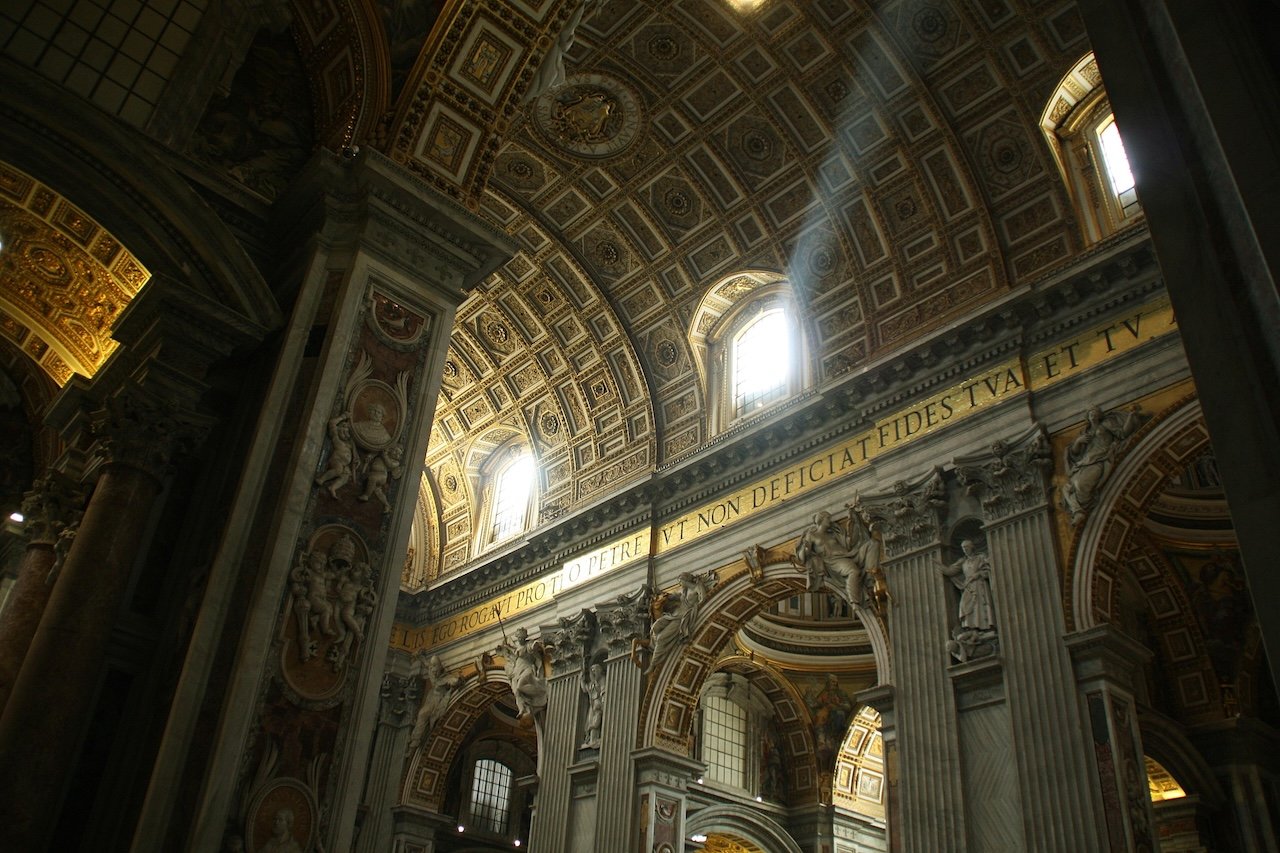
Bishop from New Mexico
Bishop Wall of Gallup, New Mexico, advocated for his priests to take up the celebration of the Mass ad orientem in a pastoral letter in 2019. It is worthwhile reading the letter to understand the reasons that he gives. He gives a brief catechesis on the mass celebrated in this fashion.
Prayer and worship “toward the East” (ad orientem, oriented prayer) “is, first and foremost, a simple expression of looking to Christ as the meeting place between God and man. It expresses the basic christological form of our prayer. […] Praying toward the east means going to meet the coming Christ. The liturgy, turned toward the East, effects entry, so to speak, into the procession of history toward the future, the New Heaven and the New Earth, which we encounter in Christ” (Joseph Ratzinger,The Spirit of the Liturgy, p. 69-70). By facing Christ together at Mass, we can see how “[o]ur prayer is thus inserted into the procession of the nations to God” (ibid., p. 76) (Bishop James Wall, “Turning Towards God: Celebrating the Mass Ad Orientem”).
Would it not be worth trying something as simple as this? I am not advocating for a major upheaval and architectural redesign of our churches. The priest could simply stand on the same side of the altar as the congregation, facing the apse of the church with them. And I am also not saying it needs to be obligatory. I think even taking simple steps to make this practice more acceptable would go a long way.
If we believe that the Eucharist is “source and summit of the Christian life” (cf. Catechism of the Catholic Church, 1324) and we want the liturgy to be more accessible to the people, maybe we need to recapture some of the elements that transmit the mystery which we are actually celebrating. We do not come together on Sunday to celebrate a certain preacher’s prowess as a proclaimer of the Gospel, or an entertainer. Rather, we come before our Eucharistic Lord to be present at his once and for all sacrifice at Calvary. Let’s set it up so it is more accessible to penetrate the mystery and fall on our knees before the Eucharistic Lord!
This article continues the reflection of Beyond the Pulpit: Combating Clericalism Through Synodality
Subscribe to the newsletter to never miss an article.


